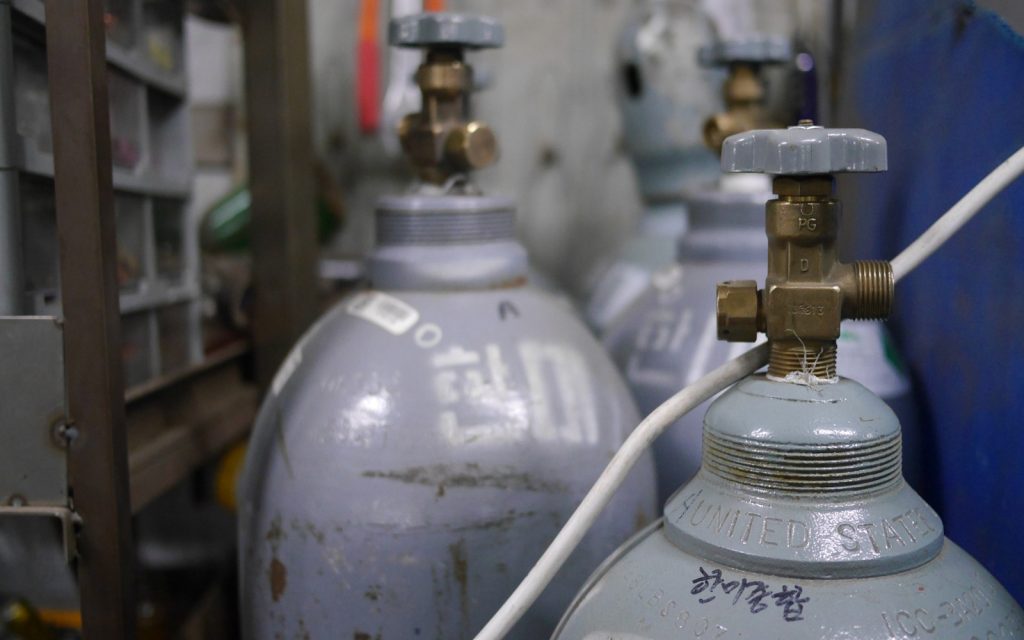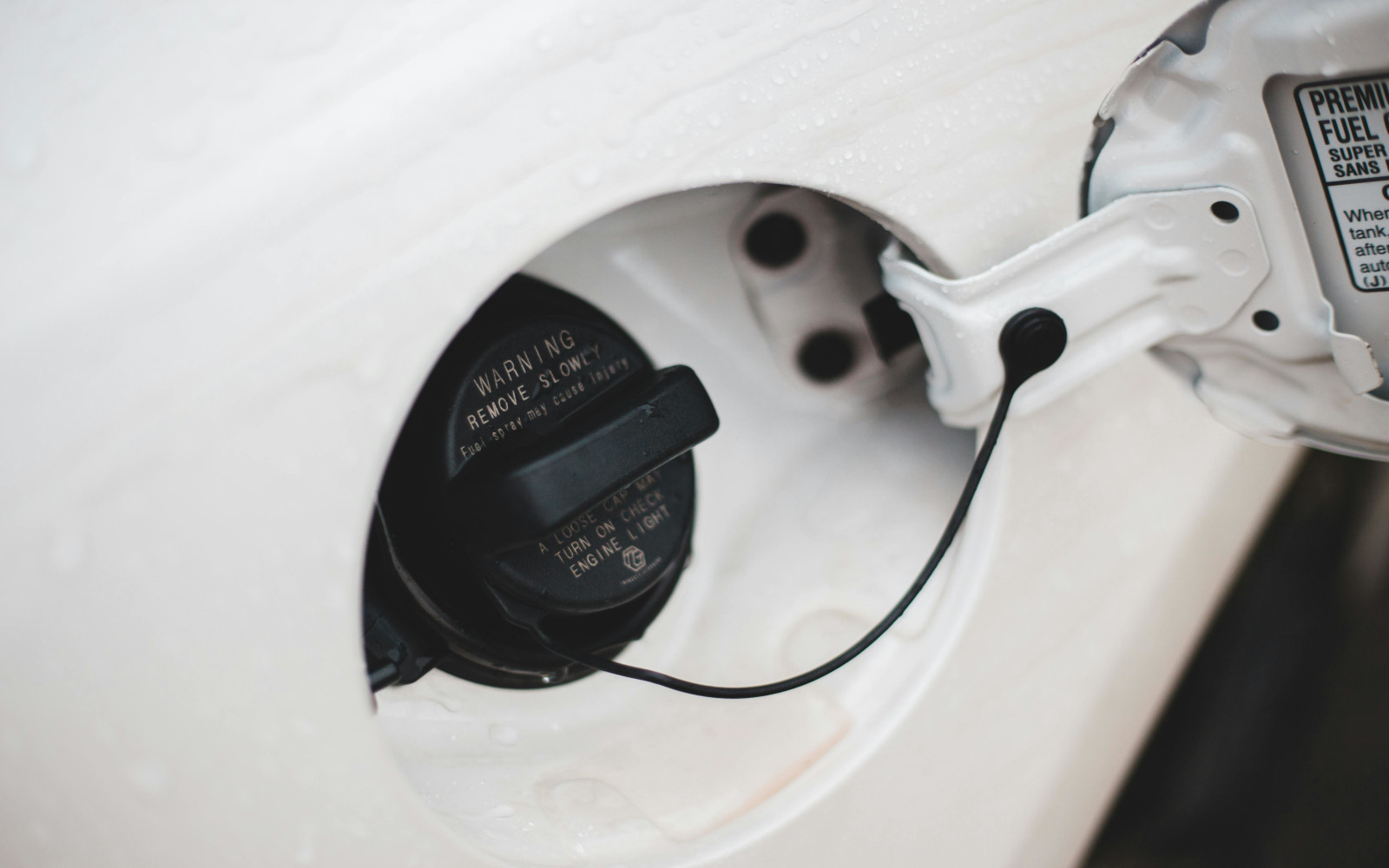In industries where combustible gases are present, safety is paramount. Combustible gases pose significant risks, including fire and explosion hazards. This article provides a comprehensive overview of considerations for handling combustible gases, the industries most affected, the critical knowledge for workers and safety managers, and lesser-known insights into gas detection. Our goal is to equip safety managers, industrial hygienists, plant managers, safety consultants, quality managers, and lab managers with valuable information to enhance safety protocols and reduce risks in their facilities.
Understanding Combustible Gases
Combustible gases are gases that can ignite or explode when mixed with air. Common examples include methane, propane, butane, hydrogen, and acetylene. The combustion process requires three elements: fuel (the combustible gas), an oxidizer (oxygen), and an ignition source (heat). The concentration of the gas in the air must be within a specific range, known as the flammability limit, for combustion to occur. This range is defined by the Lower Explosive Limit (LEL) and Upper Explosive Limit (UEL). If the concentration is below the LEL, the mixture is too lean to burn; if above the UEL, it is too rich to ignite.
Lesser-Known Facts
- Chlorine Trifluoride’s High Reactivity: Chlorine trifluoride is the most flammable gas known, capable of igniting without an external ignition source. Its extreme reactivity makes it a hazard even without traditional flammable conditions.
- Oxygen’s Role in Combustion: While oxygen is necessary for combustion, it is not a fuel. It supports the combustion of other materials but does not ignite by itself.
Industries Handling Combustible Gases
Several industries regularly handle combustible gases, each requiring specialized safety measures:
- Oil and Gas: From exploration to refining, these processes involve gases like methane and hydrogen sulfide.
- Chemical Manufacturing: Uses various combustible gases as raw materials or by-products.
- Mining: Methane is a common hazard in coal mines.
- Power Generation: Natural gas is a primary fuel in power plants.
- Wastewater Treatment: Methane is produced during the breakdown of organic matter.
- Food and Beverage Production: Carbon dioxide and other gases are used in processing.
- Pharmaceutical Manufacturing: Combustible gases are used in synthesis and sterilization processes.
- Automotive and Aerospace: Gases like hydrogen are used in fuel cells and propulsion systems.
Key Considerations for Gas Detection

Effective gas detection is crucial for preventing accidents. There are several detection methods and technologies available:
Detection Methods
- Portable Gas Detectors: Ideal for personal safety and spot-checking gas concentrations. They provide real-time readings and alarms.
- Fixed Gas Detection Systems: Permanently installed systems for continuous monitoring in specific locations. They alert when gas levels exceed safe thresholds.
Sensor Technologies
- Catalytic Bead Sensors: Suitable for detecting a wide range of combustible gases at LEL concentrations. They work by oxidizing the gas on a catalytic surface.
- Infrared Sensors: Measure the absorption of infrared light by gases, effective for hydrocarbons and carbon dioxide.
- Electrochemical Sensors: Use chemical reactions to generate an electrical current proportional to gas concentration, useful for detecting toxic gases.
- Molecular Property Spectrometer Sensors: Advanced sensors capable of detecting and classifying various flammable gases.
Best Practices for Gas Detection
- Regular Calibration and Maintenance: Ensures accurate readings and reliable performance.
- Proper Training: Personnel should be trained in the use and maintenance of detection equipment.
- Comprehensive Detection Program: Integrate gas detection with overall safety protocols.
- Safety Audits and Risk Assessments: Regularly assess the safety of the facility and the effectiveness of detection systems.
Chart: Mounting Sensors for Different Gases
Proper placement of gas sensors is crucial for effective detection. The chart below provides guidance on where to mount sensors based on the properties of common combustible gases.
Mounting Sensors for Different Gases
| Gas | Density (Relative to Air) | Suggested Mounting Location |
|---|---|---|
| Acetylene | Lighter | High |
| Butane | Heavier | Low |
| Ethylene | Lighter | High |
| Methane | Lighter | High |
| Propane | Heavier | Low |
| Propylene | Heavier | Low |
| Hydrogen | Much lighter | High |
Understanding the LEL levels of different gases is essential for safety. Below is a chart of the LEL levels for various gases:
LEL Levels of Common Gases
| Gas | LEL (%) |
|---|---|
| Acetylene | 2.5 |
| Butane | 1.8 |
| Ethylene | 2.7 |
| Methane | 5.0 |
| Propane | 2.1 |
| Propylene | 2.0 |
| Hydrogen | 4.0 |
Combustible gases present significant hazards in various industrial environments. Understanding the properties of these gases, proper detection methods, and sensor placement are critical components of a comprehensive safety program. By implementing effective gas detection systems, such as the Accusafe or GasD 8000 by Interscan, facilities can mitigate risks and protect their workforce and assets.
For more information on Interscan’s gas detection systems and to request a quote, please contact us. Stay safe and informed—your safety is our priority.


